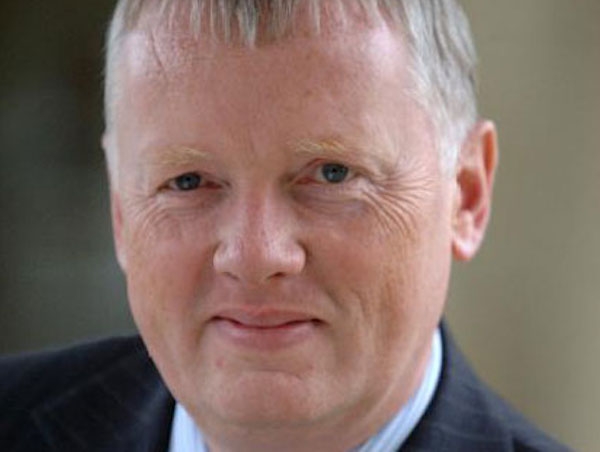Research of the adviser market has shown a sharp rise in the number using income drawdown modelling tools, with over half (51%) using the tools compared to 38% last year.
The research revealed a continuing decline in use of the fixed rate method, with only a quarter (26%) of advisers using this method (typically a 4% withdrawal), down from 37% the previous year and 66% in 2018.
Where a fixed rate is being used, the research for Aegon UK found an increase in the rates typically used, following a fall during the first year of the pandemic.
Advisers highlighted the challenges in delivering minimum income requirements amid macro-economic uncertainty and market volatility.
Since 2018, Aegon and Next Wealth have tracked the methods advisers use to determine a ‘safe’ withdrawal rate from a pension pot. Over this period, Aegon says there has been a significant shift from the fixed rate method (such as the ‘4% rule’) towards modelling tools.
In 2018, some 66% of advisers said they use the fixed rate, or a fixed range, to determine a sustainable withdrawal rate. However, the latest research shows this has fallen to only 26%.
At the same time, modelling tools have grown “hugely” in popularity, Aegon found. In 2018, just 13% of advisers said they use modelling tools to determine a safe withdrawal rate. In the latest research this had increased to 51% of advisers.
While the proportion of advisers using a fixed rate has fallen year on year, where it is being used the research shows an increase in the rates typically used compared to the first year of the pandemic. While no advisers were suggesting rates much above 5%, use of a rate above 4% had risen to 27% compared to 12% the previous year.
Official data showed those taking flexible withdrawals from their pension exercised restraint during the early stages of the pandemic. However, the increase in the fixed rates used suggests some clients are looking to draw down a higher income post pandemic. Aegon says there could also be a desire to keep pace with rising prices.
Steven Cameron, pensions director at Aegon, said: “Our research shows there has been a huge shift in the methods advisers use to determine a ‘safe’ income drawdown rate in retirement in recent years. Modelling tools overtook the fixed rate method for the first time following the onset of the pandemic and the latest research shows there has been a further widening of this gap. The significant macro-economic instability and market volatility over the last two years will have played a part in this, as modelling tools facilitate a more dynamic approach to managing retirement income.
“With the cost-of-living crisis taking hold, some people might look to draw down a higher income from their pension to compensate for rising prices. However, this carries the risk of depleting funds earlier than planned, particularly during a period of market volatility, so it is important to seek advice before making important decisions that could have lasting impact. The research shows advisers are already updating their tools and assumption to deal with greater uncertainty and changes in spending behaviours.”
• Aegon research with Next Wealth was conducted in December 2021 with 212 financial advisers and supplemented with in-depth interviews.

